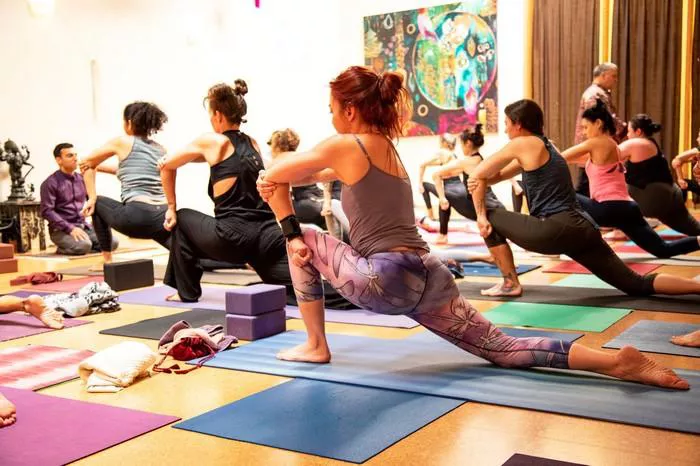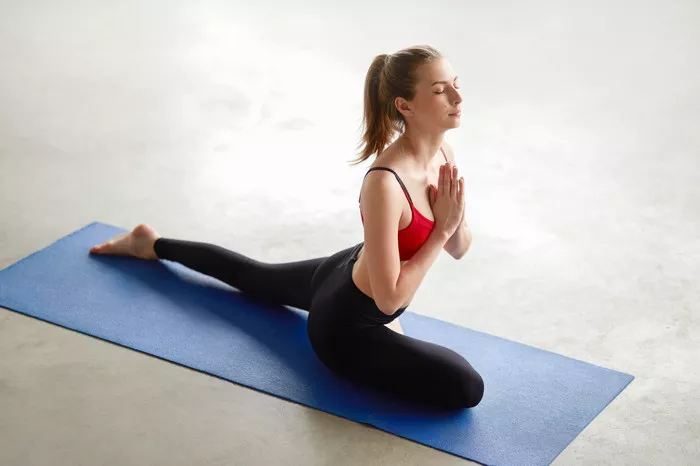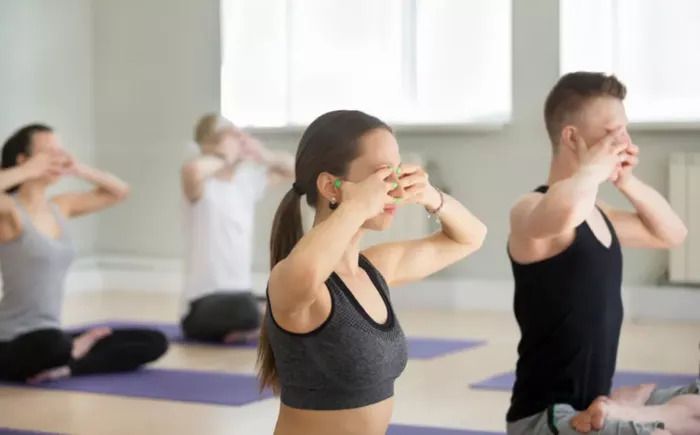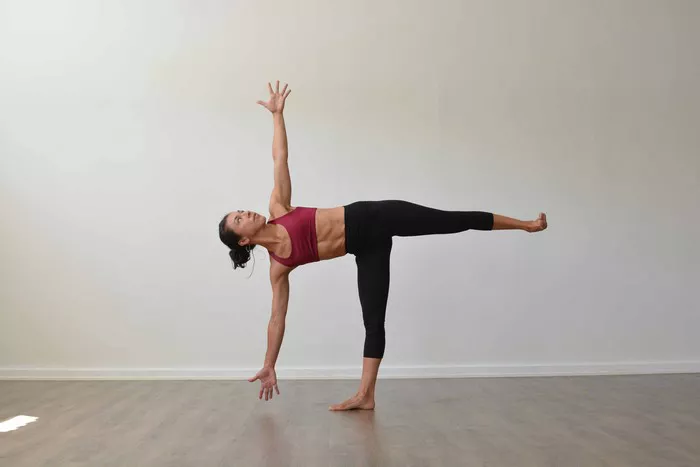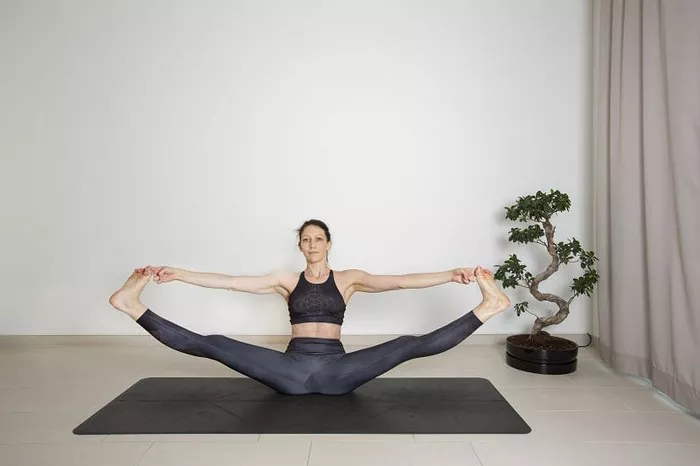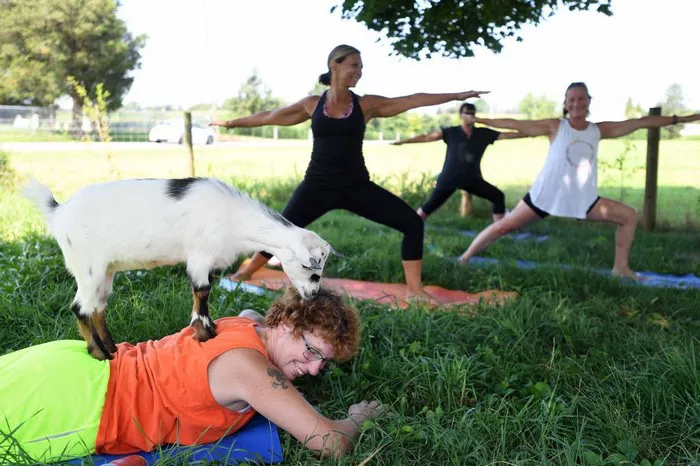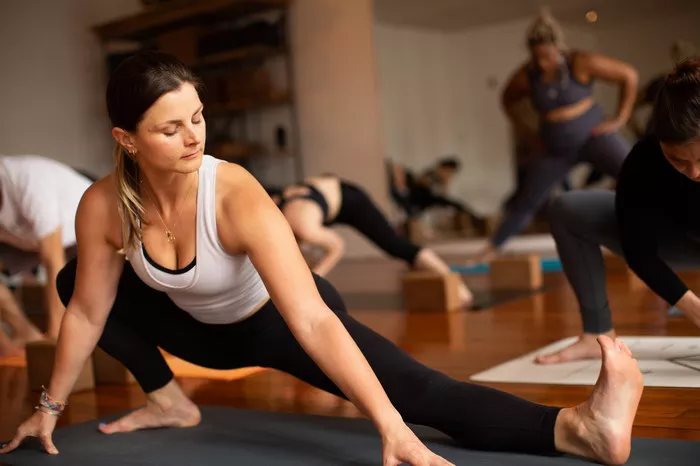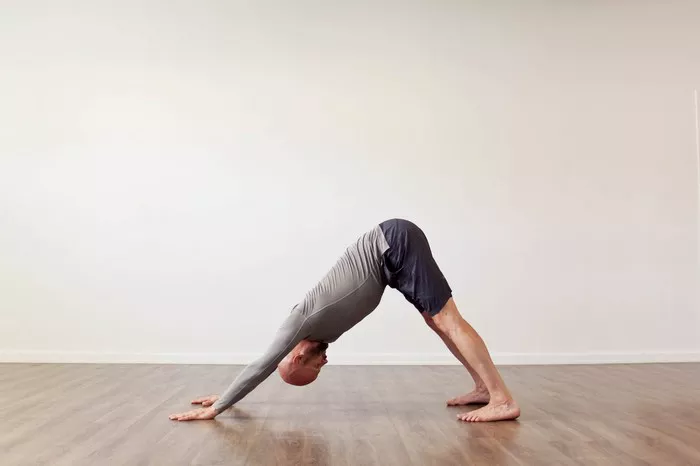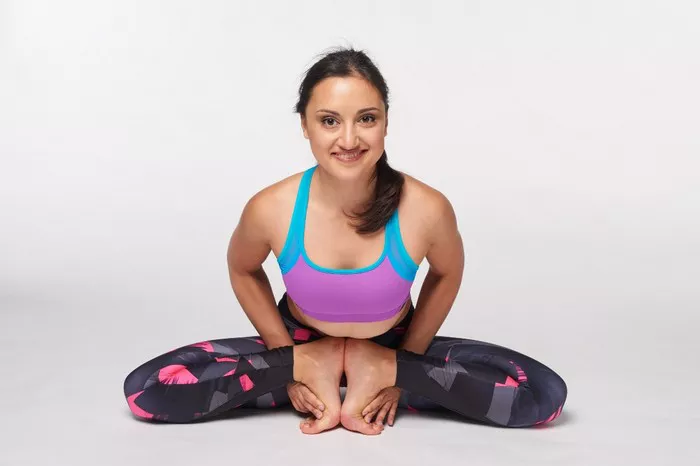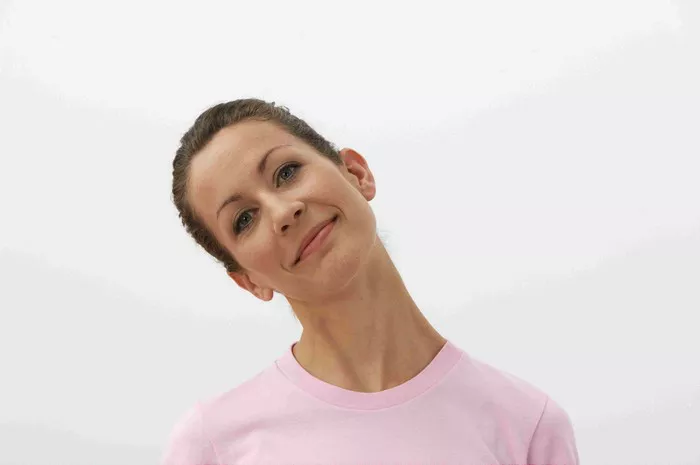Outdoor yoga offers a unique opportunity to connect with nature while improving your physical, mental, and spiritual well-being. Practicing yoga outdoors allows you to deepen your practice by incorporating natural elements such as fresh air, the sound of birds, and the warmth of the sun. However, finding the right surface for your practice can significantly impact your comfort, stability, and overall yoga experience. The best surface for outdoor yoga is one that offers balance between stability, cushioning, traction, and protection from environmental elements. In this article, we’ll explore the most suitable surfaces for outdoor yoga and discuss their advantages and considerations.
The Importance of Surface in Outdoor Yoga
Before delving into the types of surfaces ideal for outdoor yoga, it’s crucial to understand why surface quality matters. The surface on which you practice yoga greatly influences your alignment, stability, and comfort during each asana (pose). An improper surface can lead to slipping, injury, or discomfort, detracting from the benefits of your yoga practice.
Different yoga poses require various levels of support, grip, and stability. For instance, balancing poses such as tree pose (Vrksasana) or warrior III (Virabhadrasana III) require a firm, non-slippery surface to ensure proper balance and avoid falls. On the other hand, poses that involve lying down or sitting for an extended period, such as savasana or meditation, require a softer, more cushioned surface for comfort.
Considering the terrain, weather conditions, and your yoga goals can help you determine the most suitable surface for your practice.
Common Outdoor Yoga Surfaces
Here’s an overview of some common outdoor yoga surfaces:
- Grass
- Sand
- Concrete or Pavement
- Wooden Decks
- Dirt or Soil
- Yoga Mat on Any Surface
Each of these surfaces has its benefits and drawbacks depending on your specific yoga practice and environmental conditions.
1. Grass: The Classic Outdoor Yoga Surface
Advantages:
Comfort and Cushioning: Grass provides a relatively soft surface, which can be more comfortable for sitting poses, lying down, or restorative yoga practices. It offers a natural level of cushioning that can reduce pressure on your joints during asanas.
Natural Environment: Practicing on grass offers a close connection to nature, allowing you to absorb positive energy from the earth and enjoy the fresh air. The scent and sound of the outdoors can enhance your mindfulness practice.
Traction: Grass tends to offer adequate grip and traction, though this can depend on the length of the grass and how well-maintained the area is.
Disadvantages:
Uneven Surface: Grass can sometimes be uneven, making it difficult to find a stable, flat surface for poses like Downward-Facing Dog (Adho Mukha Svanasana) or Warrior I (Virabhadrasana I). This may increase the risk of strain or injury.
Wetness and Dirt: If the grass is damp from rain or dew, it may cause you to slip. Additionally, grass can become muddy, which might not be ideal for maintaining a clean, comfortable practice.
Allergies: Some individuals may experience allergies to grass or pollen, which could interfere with their practice.
Recommendation: Grass is a fantastic surface for outdoor yoga if you’re practicing on a well-maintained, dry lawn. However, be cautious if the grass is damp or uneven, as this can affect your alignment and stability.
2. Sand: A Popular Choice for Beach Yoga
Advantages:
Gentle and Soft: Sand offers excellent cushioning, reducing pressure on joints and making it ideal for seated poses or restorative yoga. It’s perfect for a calming, meditative practice like yin yoga or pranayama (breathing exercises).
Natural Element: Practicing yoga on the beach, with the sound of the waves and the breeze in the air, can enhance mindfulness and relaxation, offering a complete sensory experience.
Non-Slip: Surprisingly, sand offers great grip for most poses. The uneven texture of sand can help activate your stabilizer muscles, making balancing poses more challenging and rewarding.
Disadvantages:
Instability: While sand provides excellent cushioning, its uneven surface makes it less stable compared to harder surfaces. This instability can pose a challenge for poses that require precise alignment or balance, such as Warrior III or Tree Pose.
Hot Surface: In the summer months, the sand can become too hot to practice on, especially during mid-day when the sun is at its peak. Hot sand can cause discomfort or burns, making it unsuitable for outdoor yoga unless you practice early in the morning or late in the evening.
Debris: Sand can sometimes contain shells, stones, or other debris that can disrupt your practice and lead to discomfort or injury.
Recommendation: Sand is a great choice for a beach yoga session, especially if you’re looking to combine yoga with relaxation. If you’re looking for more stability and support, consider using a towel or yoga mat to provide extra grip on the sand.
3. Concrete or Pavement: A Hard Surface for Advanced Practices
Advantages:
Firm and Stable: Concrete or paved surfaces provide excellent stability and support for your practice, making them ideal for poses that require a solid base, such as standing poses or arm balances.
No Risk of Slipping: Unlike grass or sand, concrete surfaces are typically dry and don’t get slippery when wet, offering consistent traction for your practice.
Versatile: Pavement is a popular choice in urban areas or public parks, where other surfaces may not be readily available.
Disadvantages:
Hardness: Concrete can be very hard and uncomfortable, particularly for seated or lying poses. It offers no cushioning, which can put stress on your joints, particularly the knees, hips, and spine.
Harsh on the Body: The lack of softness and the unforgiving nature of concrete may lead to discomfort or injury over time, especially if you practice frequently on such a surface.
Heat: In hot weather, concrete or pavement can absorb and radiate heat, making it uncomfortable to practice on during midday or sunny conditions.
Recommendation: Concrete or pavement is suitable for practicing standing poses or flow-based yoga, especially if you have a yoga mat for cushioning. However, avoid practicing seated poses or restorative yoga on this surface, as it can cause discomfort.
4. Wooden Decks: A Smooth Alternative
Advantages:
Even and Flat: Wooden decks usually provide a smooth, flat surface that allows for better stability and alignment during your yoga practice. This makes it easier to practice poses such as plank (Phalakasana) or Downward-Facing Dog with confidence.
Cushioning: Depending on the type of wood and finish, a wooden deck can provide a moderate level of cushioning, which can help reduce discomfort during long practices.
Protection from the Ground: A wooden deck elevates your practice off the ground, protecting you from dirt, rocks, or bugs that may be present on the grass or soil.
Disadvantages:
Slipperiness: Wooden surfaces, especially when wet or covered with leaves, can be slippery, making it difficult to maintain a secure grip. It’s essential to ensure that the deck is dry and clear of debris before practicing.
Sun Exposure: Wooden decks can become quite hot when exposed to direct sunlight, making it uncomfortable to practice yoga during the hotter parts of the day.
Recommendation: A wooden deck is an excellent option for yoga in a backyard or patio setting, especially if you’re practicing early in the morning or late in the evening when the surface temperature is cooler.
5. Dirt or Soil: A Rustic Outdoor Experience
Advantages:
Natural Feel: Practicing yoga on dirt or soil offers a deep connection to the earth and a grounding experience. The surface is often soft, and the natural surroundings can enhance mindfulness.
Absorption of Impact: Soil can provide cushioning and absorb some of the impact from your body during certain poses, which can reduce strain on your joints.
Disadvantages:
Uneven Surface: Like grass, soil can be uneven, which may cause instability during certain poses, particularly balancing poses or inversions.
Dirt and Mud: Soil can become muddy when wet, which can cause discomfort or make your yoga mat dirty. Additionally, debris like rocks or sticks may be present, creating hazards during your practice.
Recommendation: Dirt or soil is a great choice for a rustic, grounded experience if you’re practicing nature-based or meditation-focused yoga. If the soil is uneven, consider placing a yoga mat to provide extra support and stability.
6. Yoga Mat on Any Surface
For ultimate flexibility, many yogis prefer using a yoga mat on various surfaces to provide extra support, traction, and cushioning. A yoga mat can be used on any of the surfaces mentioned above, offering additional comfort, stability, and a non-slip surface for poses.
Recommendation: If you’re unsure about the surface you’ll be practicing on, bringing a yoga mat is a great option. It can help mitigate some of the challenges posed by outdoor surfaces and give you a secure foundation for your practice.
Conclusion
The best surface for outdoor yoga depends on your individual needs, the type of practice you’re doing, and the environmental conditions. Grass is an excellent choice for most people, offering a natural and comfortable experience. Sand provides a peaceful beach environment but may require extra effort for balance. Concrete offers stability but may be too hard and uncomfortable for certain poses, while wooden decks can provide a smooth, flat surface with a touch of comfort. Soil and dirt offer a rustic vibe but may be uneven or muddy.
Ultimately, the surface that works best for you is the one that supports your body, aligns with your practice goals, and offers a comfortable, stable base. Regardless of where you choose to practice, make sure to listen to your body and adapt to the environment, making the most out of your outdoor yoga experience.
Related Topics:




